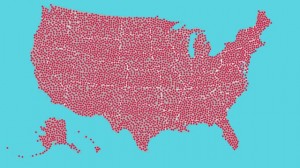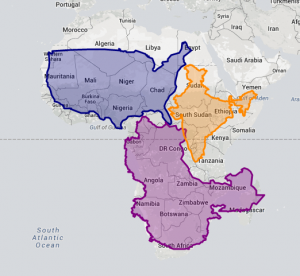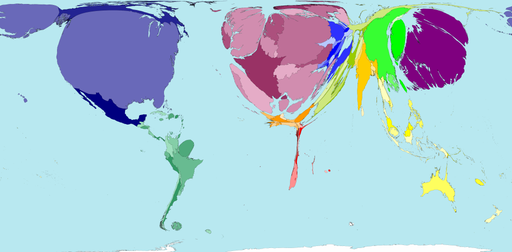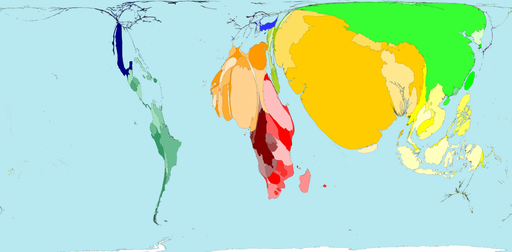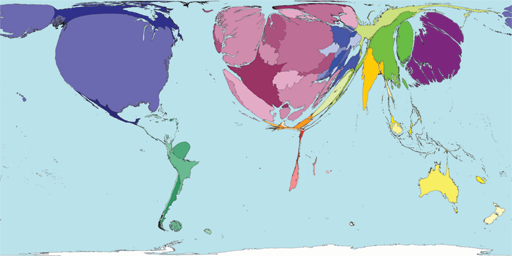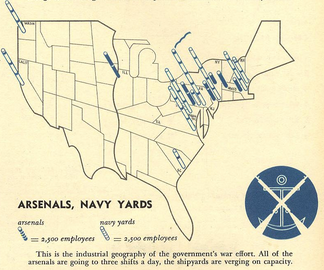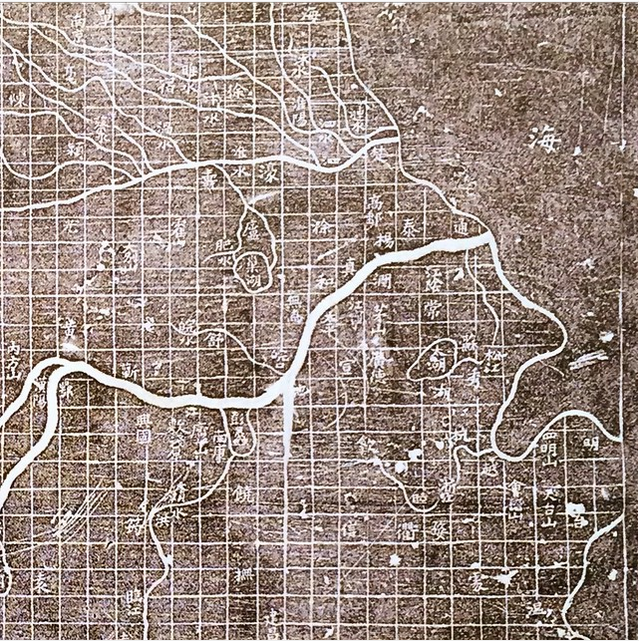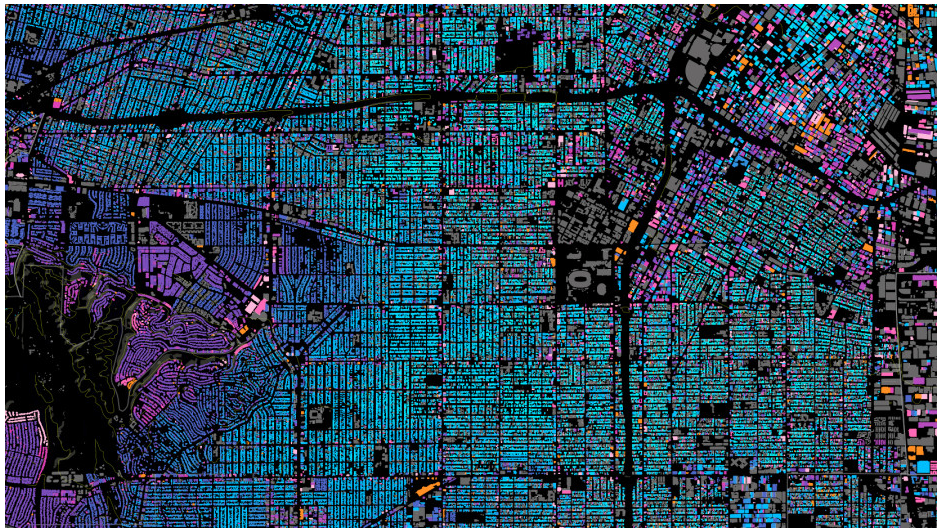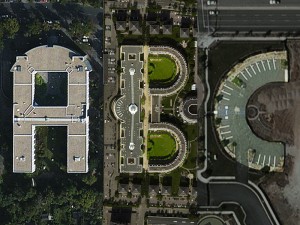NewsStand: A New View on News by Benjamin E. Teitler, et al.
Abstract:
News articles contain a wealth of implicit geographic content that if exposed to readers improves understanding of today’s news. However, most articles are not explicitly geotagged with their geographic content, and few news aggregation systems expose this content to users. A new system named NewsStand is presented that collects, analyzes, and displays news stories in a map interface, thus leveraging on their implicit geographic content. NewsStand monitors RSS feeds from thousands of online news sources and retrieves articles within minutes of publication. It then extracts geographic content from articles using a custom-built geotagger, and groups articles into story clusters using a fast online clustering algorithm. By panning and zooming in NewsStand’s map interface, users can retrieve stories based on both topical signifi�cance and geographic region, and see substantially diff�erent stories depending on position and zoom level.
Of particular interest to topic map fans:
NewsStand’s geotagger must deal with three problematic cases in disambiguating terms that could be interpreted as locations: geo/non-geo ambiguity, where a given phrase might refer to a geographic location, or some other kind of entity; aliasing, where multiple names refer to the same geographic location, such as “Los Angeles” and “LA”; and geographic name ambiguity or polysemy , where a given name might refer to any of several geographic locations. For example, “Springfield” is the name of many cities in the USA, and thus it is a challenge for disambiguation algorithms to associate with the correct location.
Unless you want to hand disambiguate all geographic references in your sources, this paper merits a close read!
BTW, the paper dates from 2008 and I saw it in a tweet by Kirk Borne, where Kirk pointed to a recent version of NewsStand. Well, sort of “recent.” The latest story I could find was 490 days ago, a tweet from CBS News about the 50th anniversary of the Kennedy assassination in Dallas.
Undaunted I checked out TwitterStand but it seems to suffer from the same staleness of content, albeit it is difficult to tell because links don’t lead to the tweets.
Finally I did try PhotoStand, which judging from the pop-up information on the images, is quite current.
I noticed for Perth, Australia, “A special section of the exhibition has been dedicated to famous dominatrix Madame Lash.”
Sadly this appears to be one the algorithm got incorrect, so members of Congress should not select purchase on their travel arrangements just yet.
Sarah Carty for Daily Mail Australia reports in From modest bloomers to racy corsets: New exhibition uncovers the secret history of women’s underwear… including a unique collection from dominatrix Madam Lash:
From the modesty of bloomers to the seductiveness of lacy corsets, a new exhibition gives us a rare glimpse into the most intimate and private parts of history.
The Powerhouse Museum in Sydney have unveiled their ‘Undressed: 350 Years of Underwear in Fashion’ collection, which features undergarments from the 17th-century to more modern garments worn by celebrities such as Emma Watson, Cindy Crawford and even Queen Victoria.
…
Apart from a brief stint in Bendigo and Perth, the collection has never been seen by any members of the public before and lead curator Edwina Ehrman believes people will be both shocked and intrigued by what’s on display.
…
So the collection was once shown in Perth, but for airline reservations you had best book for Sydney.
And no, I won’t leave you without the necessary details:
Undressed: 350 Years of Underwear in Fashion opens at the Powerhouse Museum on March 28 and runs until 12 July 2015. Tickets can be bought here.
Ticket prices do not include transportation expenses to Sydney.
Spoiler alert: The exhibition page says:
Please note that photography is not permitted in this exhibition.
Enjoy!
